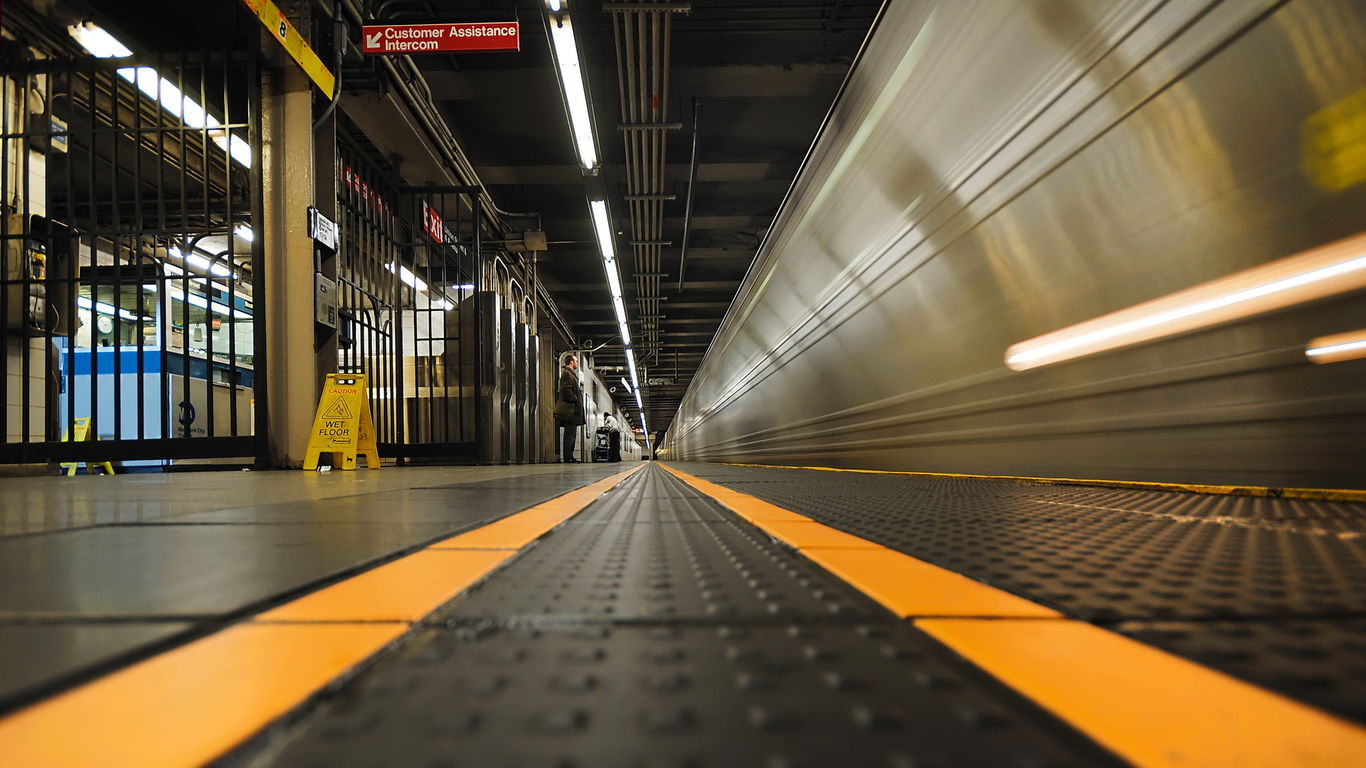How to Write Prompts for Combining Images with AI
Learn how to write effective prompts to combine images with AI. Writing effective prompts is the secret sauce of AI image merging. I spent countless hours experimenting with different approaches before I figured out what actually works when combining images.
When I first started learning how to combine images with AI, I'd write prompts like "make it look good" and wonder why the results were disappointing. It took me months to realize that the AI needs specific, actionable instructions to create what you envision when merging images.
The Power of Specificity
The biggest mistake I made early on was being too vague. "Make it artistic" or "blend them together" gave me completely unpredictable results.
I learned that the AI works much better when you give it concrete, specific instructions. Instead of saying "make it look cool," tell it exactly what you want to see.
Before and After Examples
❌ Vague: "Merge the images nicely"
✅ Specific: "Blend the mountain landscape into the background while keeping the person in the foreground clearly visible"
❌ Vague: "Make it artistic"
✅ Specific: "Apply a watercolor painting style with soft, flowing brushstrokes and muted earth tones"

Mastering Style Descriptions
Style is everything in AI image generation. I discovered that the way you describe artistic styles can dramatically change your results.
Instead of just saying "painting style," be specific about the type of painting, the era, the technique, and the mood you want to convey.
Style Description Framework
- 🎨 Medium: oil painting, watercolor, digital art, photography
- 🎨 Era: Renaissance, Impressionist, Art Deco, Modern
- 🎨 Technique: brushstrokes, texture, lighting, composition
- 🎨 Mood: dramatic, serene, energetic, mysterious

Composition and Layout Prompts
How you describe the composition can make or break your merged image. I learned this after getting too many results where elements were just floating randomly.
The AI needs clear instructions about where things should be positioned, how they should relate to each other, and what the overall layout should look like.
Composition Keywords
- 📐 Positioning: foreground, background, center, corner, overlapping
- 📐 Perspective: close-up, wide shot, bird's eye view, eye level
- 📐 Balance: symmetrical, asymmetrical, rule of thirds, golden ratio
- 📐 Depth: layered, flat, 3D, atmospheric perspective

Advanced Prompt Techniques
The Weighting System
I discovered that you can emphasize certain elements by using parentheses and brackets to control importance.
- (important element) - increases emphasis
- [less important] - reduces emphasis
- Use numbers like (2x) for specific weighting
Negative Prompts
Sometimes telling the AI what NOT to do is as important as telling it what to do.
- Use "no" or "avoid" to exclude unwanted elements
- Be specific about what you don't want
- This helps prevent common AI artifacts
Prompt Writing Exercises
Here are some exercises that helped me improve my prompt writing skills:
Exercise 1: The Style Challenge
Take the same image combination and write prompts for 5 different artistic styles. Compare the results to understand how style descriptions affect outcomes.
Exercise 2: The Specificity Test
Write a vague prompt, then rewrite it with maximum specificity. Test both versions and see the difference in results.
Exercise 3: The Composition Experiment
Use the same images but write prompts focusing on different compositions - close-up, wide shot, rule of thirds, etc.
Realistic Expectations
Let me be honest about what you'll experience as you learn prompt writing:
- Your first prompts might produce unexpected results - that's normal
- You'll develop a feel for what works through trial and error
- Sometimes the AI surprises you with interpretations you didn't expect
- Consistency comes with practice and experimentation
Remember: Every "failed" prompt teaches you something about how the AI interprets language. I've learned as much from my mistakes as from my successes!
Prompt Writing Mistakes I Made
These are the mistakes that cost me time and frustration:
Being Too Vague
"Make it look good" doesn't give the AI anything specific to work with.
Overcomplicating Prompts
Trying to include too many instructions at once confuses the AI.
What's Next?
Now that you understand prompt writing fundamentals, you're ready to explore more advanced techniques.
Related Tutorials
How to Combine Images with AI - Quick Start
A 5-minute guide to start combining images with AI.
Combine Images with AI - Basic Merge
Learn core techniques for merging photos with AI.
Choose Images to Combine
Pick the best source images for natural results.
Style Transfer for Combined Images
Enhance combined images with artistic styles.